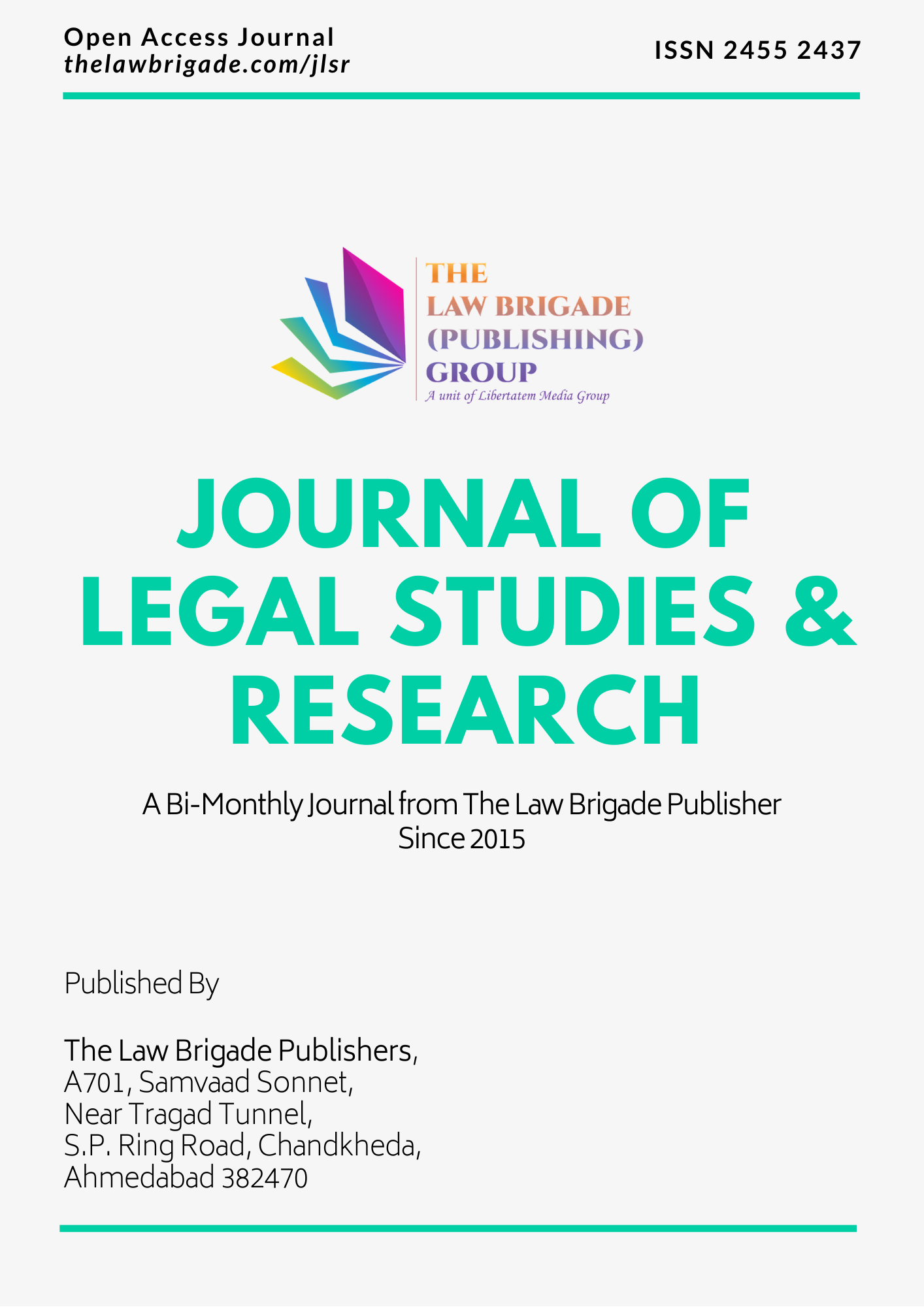Compulsory Land Acquisition (CLA) is an aspect of land proprietary rights allocation and; it is all about government land re-acquisition against the person(s) occupying it. It is a legal move that cannot be resorted to unless the public interest so compels it. It is a legal phenomenon therefore, that can only be done in compliance with prescribed legal requirements and procedures. Payment of compensation is one of the legal requirements that should be considered when effecting CLA; and When these two requirements i.e. the existence of public interest and payment of compensation are met, the process surrounding it (CLA) needs also be done by following legally prescribed procedures as laid down in the relevant laws. These legal compliances however are held within the orthodox paradigm other than Law and Economics perspectives. In a new legal paradigm, legal analysis and articulation take into account the economic efficiency surrounding each aspect under such analysing. The modern legal paradigm as held in law and economics has its different way of assessing and analysing various legal aspects. Its departure from the orthodox paradigm is its inclusion of economic precepts within legal discussion and articulation, consideration of economic efficiency in a particular. CLA in this modern thinking is assessed in a way judging it to be or not of economic efficiency. There are three precepts applied in law and economics to establish economic efficiency surrounding CLA as an aspect of proprietary rights allocation in this modern paradigm. These three precepts are the property of most value. Interactive bargaining between the parties to proprietary rights allocation; and the desired end results of proprietary rights allocation.
This paperwork, therefore, brings CLA; which has been analysed mostly within the orthodox legal paradigm with most of its conclusions that, it is not just and fair in its both theoretical and practical part of it; into a light of law and economics as a need to establish whether it reflects economic efficiency which is the cardinal point of consideration within that particular modern approach. In the end, the paper recommends the current status of CLA in Law and Economics paradigm and what measures to take in order that CLA remains reflective of law and economics the importantly growing legal paradigm today.





